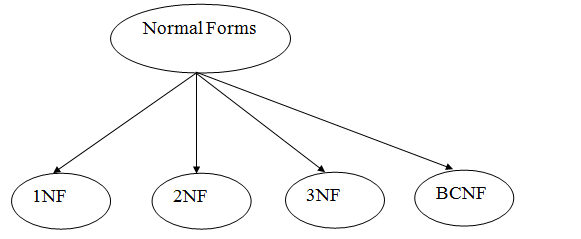Syllabus (DBMS)
2BCA Notes All previous year paper Database Management Database Management Introduction To Database System : Data - Database Applications - Advantages - Evolution of DB & DBMS- Need for data management, Introduction and applications of DBMS, File systems vS Database systems, Data Models , DBMS Architecture, Data Independence , Data Modeling using Entity-Relation ship Model, Enhanced ER Modeling( English ).data dictionary UNIT - II Relational Database Concept and Design: Introduction to relational database, Structure of Relational Database, Relational model terminology (English) domains, Attributes, Tuples, Relations , relational DB schema . Relational algebra : Set Theoretic projection, Select ion , operations Union, Intersection, set difference and division, Join operations : Inner, Outer, Left outer, Right outer and full outer join. Relational Database design, Functional Dependency, definition, trivial ki 7 and nontrivial FD, Norm...

